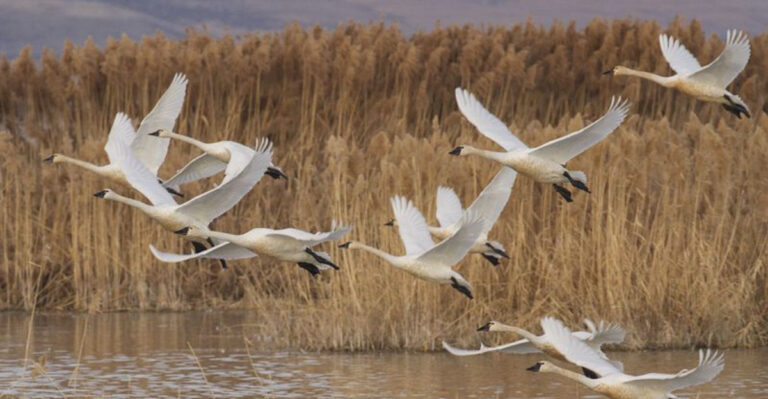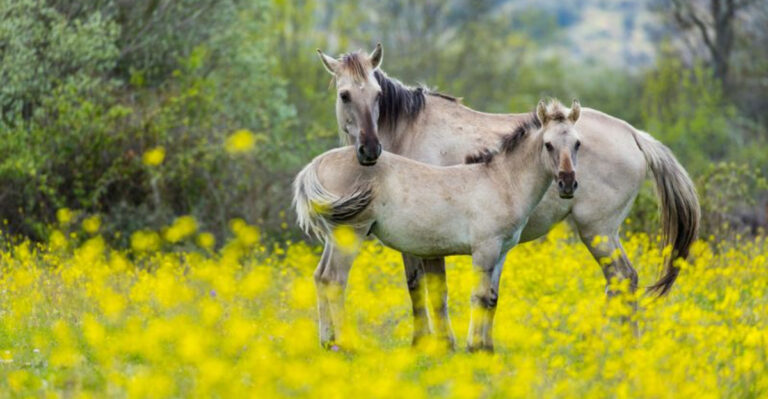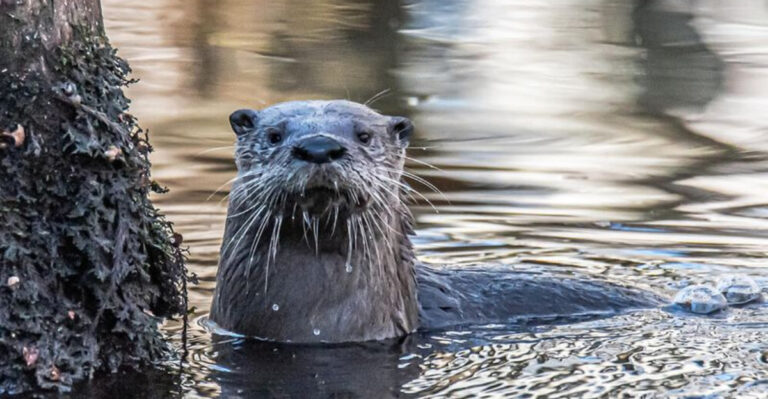14 Forest-Dwelling Animals That Disappeared As Trees Fell

Forests have always been home to countless creatures, providing shelter, food, and protection. When humans began clearing these wooded havens for agriculture, urban development, and logging, many animals lost their homes forever.
The following creatures once thrived in lush forest ecosystems but vanished as their habitats were destroyed, leaving behind only memories and cautionary tales about our impact on the natural world.
1. Tasmanian Tiger
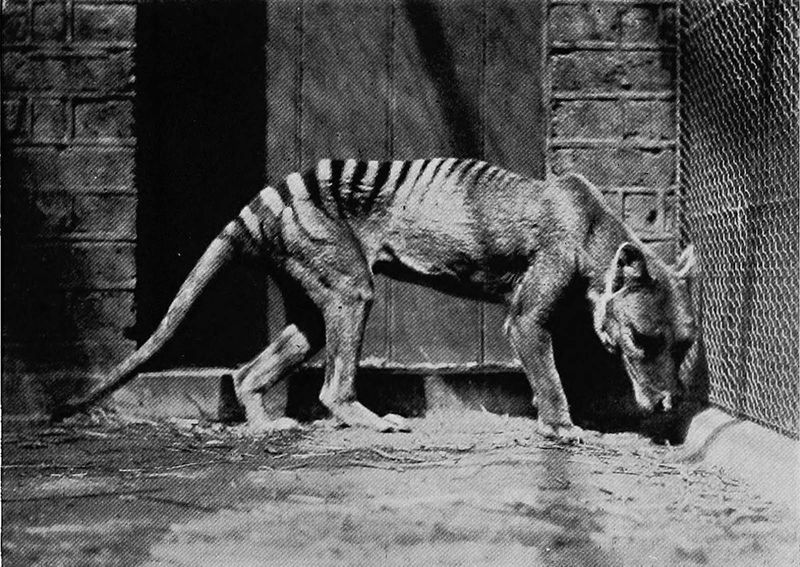
Striped and wolf-like, the Tasmanian tiger vanished from Earth in 1936. Forest-dwelling by nature, these marsupial predators needed vast woodland territories to hunt and raise their young.
Bounty hunting initially decimated their numbers, but the clearing of Tasmania’s ancient forests delivered the final blow. Farmers transformed their hunting grounds into sheep pastures, leaving these unique creatures nowhere to hide or find prey.
2. Golden Toad

Brilliant orange and no larger than a thumbnail, the golden toad enchanted scientists when discovered in Costa Rica’s cloud forests in 1966. Males gathered in breeding pools, creating spectacular orange gatherings against the green forest floor.
By 1989, not a single golden toad could be found. Climate change altered the misty mountain habitat they required, while deforestation fragmented their already tiny range in the Monteverde Cloud Forest.
3. Pyrenean Ibex

Mountain forests of Spain once echoed with the clatter of Pyrenean ibex hooves. These magnificent wild goats with curved horns navigated steep woodland slopes with impressive agility.
Hunting reduced their numbers dramatically through the 19th century. The final blow came as mountain forests were cleared for livestock grazing and tourism development. The last Pyrenean ibex, a female named Celia, died in 2000 when a tree fell on her.
4. Javan Tiger
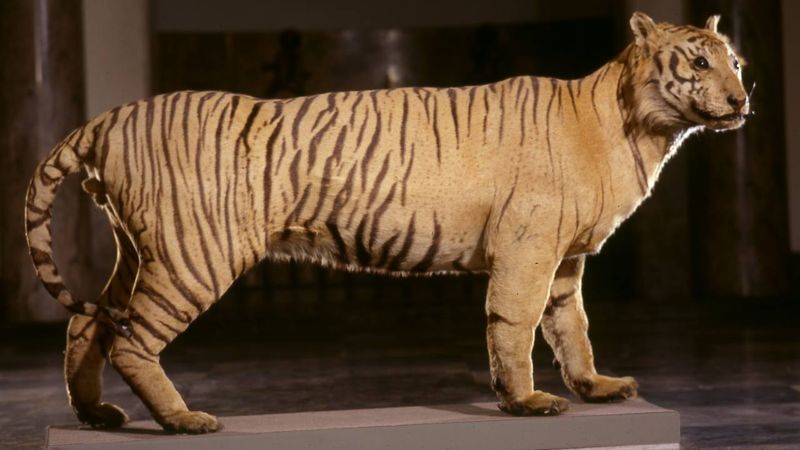
Smaller than their mainland cousins but equally majestic, Javan tigers prowled through Indonesia’s dense rainforests until the 1970s. Their distinctive short orange fur helped them blend perfectly with the dappled forest light. Java’s human population explosion led to massive deforestation.
Coffee and rubber plantations replaced the tigers’ hunting grounds, while deer and wild pigs they preyed upon disappeared. The last confirmed sighting came in 1976, though unverified reports persisted into the 1980s.
5. Carolina Parakeet

Flocks of emerald green and yellow Carolina parakeets once brightened America’s eastern forests. These social birds were the only native parrot species in eastern North America, feasting on forest seeds and fruits. Farmers considered them pests because they ate orchard fruits.
Massive deforestation for agriculture and settlements destroyed their woodland homes. The last wild flock disappeared around 1904, and the final captive bird died at Cincinnati Zoo in 1918.
6. Formosan Clouded Leopard
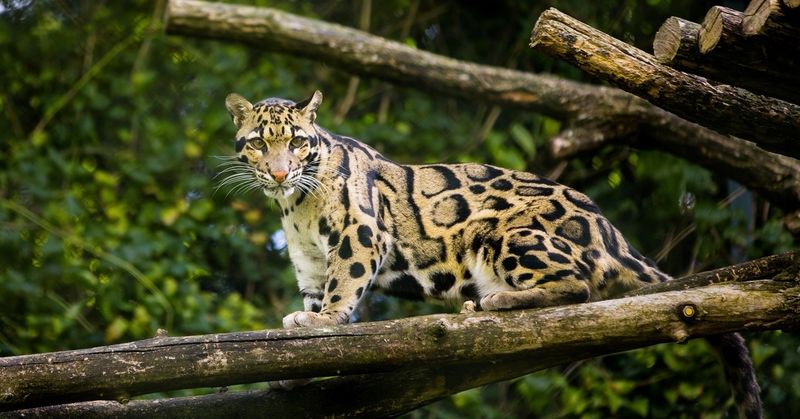
Ghost-like and elusive, the Formosan clouded leopard silently hunted through Taiwan’s mountain forests for millennia. Indigenous tribes revered these cats for their beautiful marbled coat patterns and tree-climbing prowess.
Extensive logging operations stripped Taiwan of 70% of its original forest cover. Without their forest canopy highways and prey animals, these leopards couldn’t survive. Despite extensive camera trap surveys, none have been confirmed since 1983, and scientists declared them extinct in 2013.
7. Schomburgk’s Deer
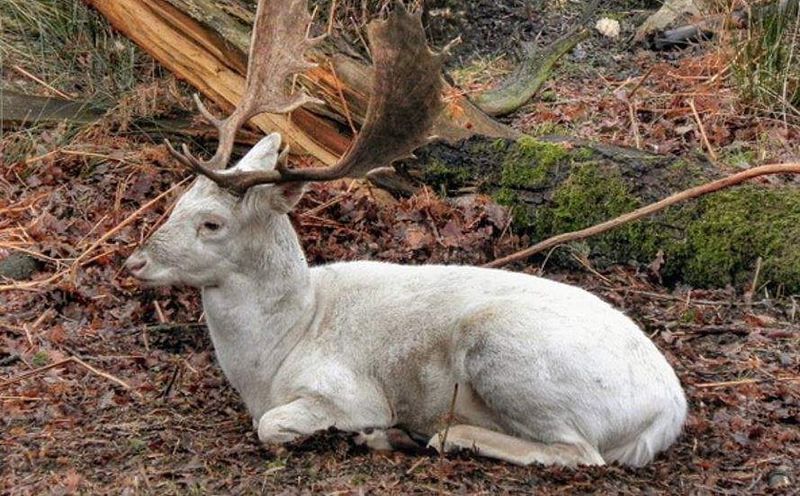
Elegant and distinctive, Schomburgk’s deer roamed Thailand’s swampy forests with impressive basket-shaped antlers spreading above their heads. These deer preferred forest edges where trees met marshlands, giving them access to both worlds. Their decline began when swamp forests were converted to rice paddies in the early 1900s. Hunting pressure intensified as their habitat shrank. The last captive specimen died in 1938, though unconfirmed reports from Cambodia emerged in the 1990s.
8. Laughing Owl
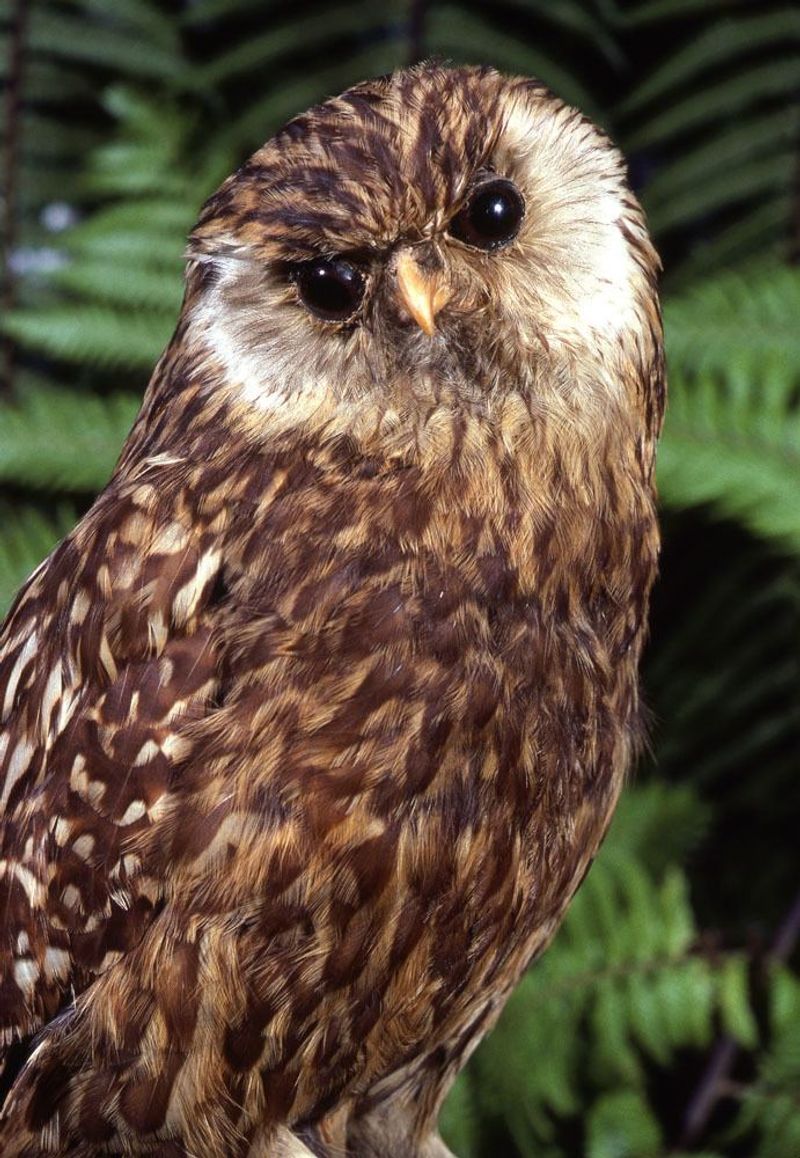
New Zealand’s forests once resonated with eerie laughing calls that gave this owl its name. Smaller than most owls, these unique birds nested among forest rocks and hunted at night for insects and small mammals.
European settlement brought two devastating changes: predatory mammals like cats and rats, and widespread forest clearing for farms. Their forest hunting grounds vanished, and introduced predators targeted their ground nests. The last confirmed specimen was found dead in 1914.
9. Tecopa Pupfish

Tiny but resilient, the Tecopa pupfish survived for thousands of years in hot springs surrounded by desert forest in California. These fish adapted to extreme conditions, thriving in waters too warm for most aquatic life.
Development of bathhouses and pools altered their specialized habitat in the 1950s. Nearby forest clearing changed water flow patterns and increased erosion. By 1970, not a single Tecopa pupfish remained, making it the first species officially declared extinct under the U.S. Endangered Species Act.
10. Ivory-Billed Woodpecker
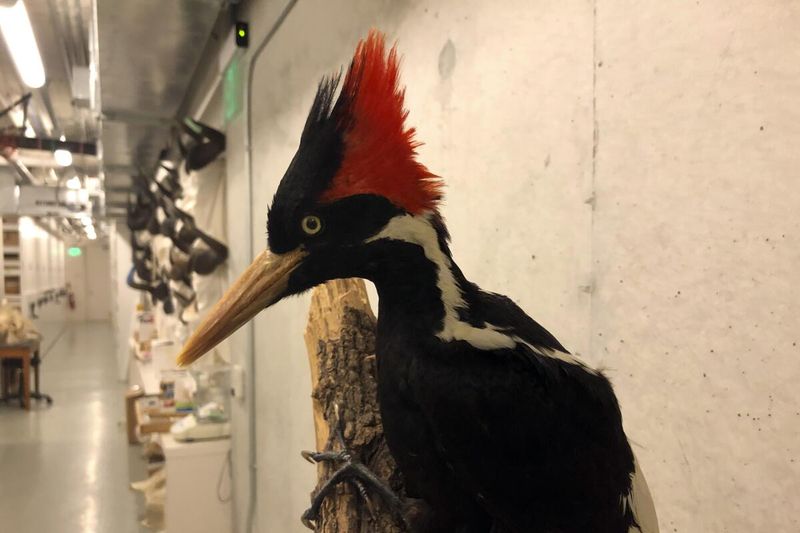
Majestic and crow-sized, the ivory-billed woodpecker earned the nickname “Lord God Bird” because people exclaimed “Lord God!” upon seeing one. These magnificent birds required vast old-growth forests with abundant dead trees to find the beetle larvae they fed on.
Commercial logging devastated southern bottomland forests in the early 20th century. Without ancient trees, these specialized woodpeckers couldn’t survive. Though officially declared extinct in 2021, persistent unconfirmed sightings keep a flicker of hope alive among dedicated searchers.
11. Steller’s Sea Cow

Gentle giants of coastal forests, Steller’s sea cows grew up to 30 feet long. These massive marine mammals browsed on kelp and seaweed near shorelines, often sheltering in nearby coastal forests during storms. Russian fur traders discovered them in 1741 in the Commander Islands.
The slow-moving creatures were easy targets for hunters seeking their meat, fat, and hide. Simultaneous coastal forest destruction eliminated their storm refuges. Just 27 years after discovery, they were extinct.
12. Miss Waldron’s Red Colobus

Acrobatic and social, Miss Waldron’s red colobus monkeys swung through West African rainforest canopies in large family groups. Their reddish-brown fur and expressive faces made them beloved by local communities.
Logging operations in Ghana and Ivory Coast fragmented their forest home into isolated patches. Bushmeat hunting pressures increased as roads created for timber extraction gave hunters easy access. Despite extensive searches, no confirmed sightings have occurred since 1978.
13. Yangtze River Dolphin
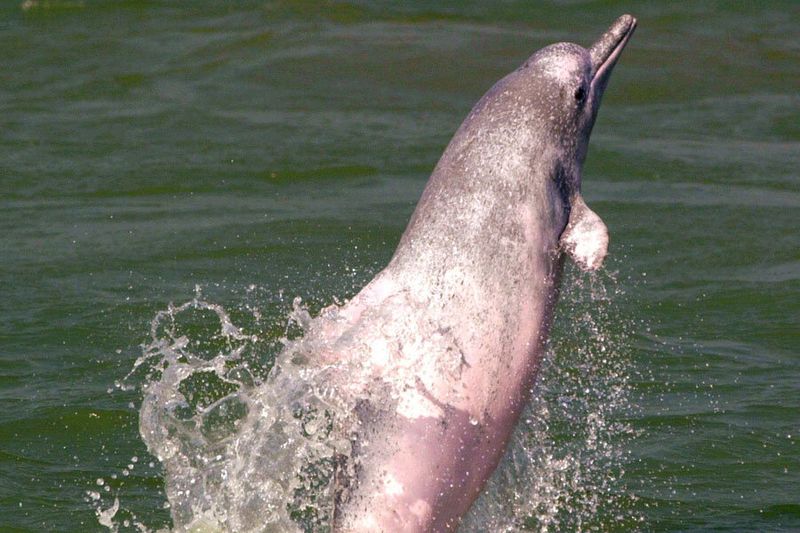
Pale and nearly blind, the Yangtze River dolphin navigated murky waters using sonar. These unique dolphins relied on riverside forests to stabilize banks and filter pollutants from the water.
China’s rapid industrialization brought multiple threats: massive dam construction, riverbank deforestation, industrial pollution, and propeller strikes.
Scientists declared this dolphin functionally extinct in 2006 after an extensive six-week survey failed to spot a single animal in the entire Yangtze River.
14. Gastric-Brooding Frog
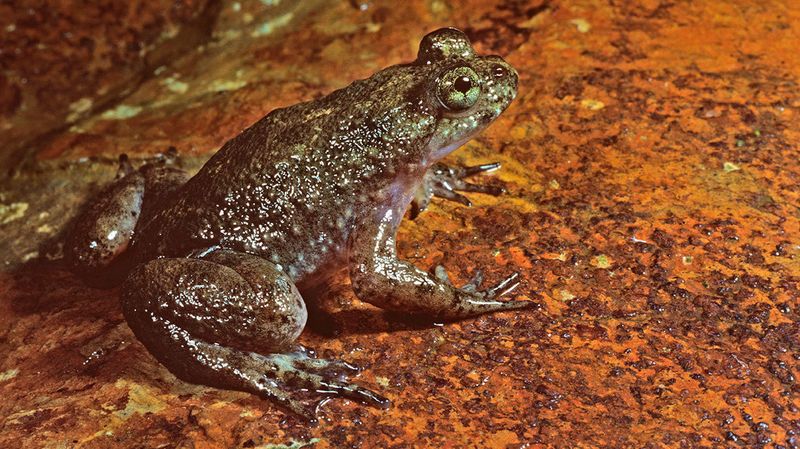
Perhaps the most unusual creature on our list, the gastric-brooding frog of Australia’s rainforests swallowed its own fertilized eggs. The female’s stomach became a living nursery where tadpoles developed, eventually hopping out through her mouth as fully formed froglets.
Scientists discovered this miracle of evolution in 1973, but forest degradation in Queensland rapidly destroyed their habitat. Logging, mining, and agriculture led to their extinction by 1983, robbing science of the chance to understand their unique reproductive system.


